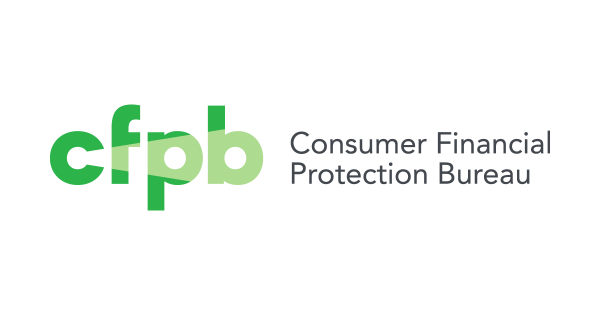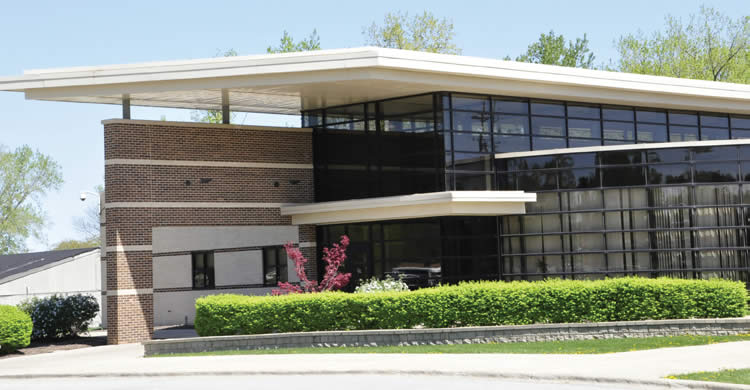
Consumer Bureau Launches “Certify Your Service” Campaign to Help Teachers, First Responders, and Other Public Servants Stay on Track
Washington, D.C. –(ENEWSPF)—June 22, 2017. The Consumer Financial Protection Bureau (CFPB) yesterday issued a report spotlighting complaints from borrowers about student loan servicers mishandling Public Service Loan Forgiveness. The Public Service Loan Forgiveness program provides people in public service jobs with a path to debt forgiveness after 10 years, with the first borrowers eligible in October 2017. Borrowers report that servicers delay or deny access to loan forgiveness through wrong information about their loans, flawed payment processing, and bungled job certifications. The CFPB also issued updated guidelines to prioritize oversight of servicers’ administration of the Public Service Loan Forgiveness program. Also, the Bureau is launching the “Certify Your Service” campaign to help public servants stay on track for federal loan forgiveness.
“Borrowers have told us about student loan industry practices that delay or deny access to expected help such as the Public Service Loan Forgiveness program,” said CFPB Director Richard Cordray. “We want those in public service jobs who give back to our communities to be able to stay on track, and not worry about unnecessary debt due to servicer errors.”
“We’ve promised our teachers, nurses, first responders, and other public servants that they have a path to a debt-free future if they make their payments on time while serving our communities for a decade,” said CFPB Student Loan Ombudsman Seth Frotman. “When the companies responsible for delivering on this promise aren’t up to the task, our dedicated public servants shouldn’t have to pay the price.”
The report is available at: http://files.consumerfinance.gov/f/documents/201706_cfpb_PSLF-midyear-report.pdf
The Public Service Loan Forgiveness program, launched in 2007, is meant to encourage people to enter public service despite increasing levels of student loan debt. For these borrowers, this program can relieve the financial stress caused by unmanageable student debt and lower-wage public service work. To be eligible, borrowers must have a qualifying loan; be enrolled in a qualifying repayment plan, such as an income-driven repayment plan; and make 120 on-time payments while working for a qualified public service employer. Student loan servicers are responsible for administering these requirements.
The CFPB estimates that 25 percent of the U.S. workforce is employed in some form of public service, and many may be eligible for loan forgiveness under this program. These include teachers, social workers, first responders, servicemembers, nurses, and other public health professionals. So far, more than 500,000 people have signaled their intention to pursue debt relief under this program. According to the Department of Education, almost two-thirds of them earn less than $50,000 per year, and 86 percent earn less than $75,000 per year. In October 2017, the Department of Education will begin accepting applications from the first round of eligible borrowers seeking loan forgiveness under this program.
Today’s report highlights complaints about servicing problems that may knock borrowers off track as they seek loan forgiveness earned through their public service and guaranteed by federal law. The report analyzes complaints from March 1, 2016 through Feb. 28, 2017. Some borrower complaints describe industry practices that delay or deny access to promised loan forgiveness, forcing some to forfeit months or years of qualifying service. This can add hundreds or thousands of dollars to the total cost of borrowers’ student debt. The report spotlights borrower complaints about:
Incorrect or insufficient information from servicers about loan forgiveness eligibility: Borrowers said they are not receiving timely or accurate information about eligibility for these benefits, even after they identify themselves as public service workers. This missing information can trigger months or years of unnecessary loan payments and cost consumers thousands of dollars. For example, one borrower reported that his servicer failed to tell him he needed to consolidate his loans to be on track for loan forgiveness until after he left the military, which meant that none of his military service would count.
Processing delays and errors that cause borrowers to miss out on qualified payments: To stay enrolled in the Public Service Loan Forgiveness program, borrowers must recertify their income and family size each year. When borrowers submit their recertification application on time, they can stay on their repayment plan and continue making payments until the servicer processes the application. But borrowers complain that servicers will instead put them in forbearance, which prevents them from making payments that qualify for loan forgiveness. Others report that when employers help in making student loan payments, servicers misapply these payments in a way that denies the borrower credit toward loan forgiveness.
Job certification problems that knock borrowers off track: Borrowers can submit a form prepared with their employer to get an update on how many qualified payments the borrower has made under the loan forgiveness program. Some borrowers reported they believe they are fulfilling the program’s requirements, yet wrongly receive denials from servicers when trying to track their progress. Borrowers also complain that they do not know how to take action to correct a mistake because their servicer does not explain the denial. This can result in miscounts of qualified payments that can knock them off track toward loan forgiveness.
The CFPB has also updated its guidelines to prioritize its supervision of potentially illegal practices used by student loan servicers to administer loan forgiveness benefits. Bureau supervision examinations will look at whether servicers tell eligible consumers what they need to do to qualify for forgiveness, warn consumers who believe they are on track to qualify when they are not, provide clear information about the loan forgiveness program, and accurately evaluate borrowers eligibility and progress toward loan forgiveness. This will be part of the CFPB’s regular oversight of these companies’ compliance with federal consumer law.
The updated Bureau manual for student loan servicer supervision is available at: http://files.consumerfinance.gov/f/documents/201706_cfpb_Education-Loan-Servicing-Exam-Manual.pdf
“Certify Your Service” Campaign
In addition to the report, the Bureau is also announcing “Certify Your Service,” a consumer education campaign to empower student loan borrowers working in public service to protect their progress toward loan forgiveness. It includes guides developed specifically for first responders and teachers about what programs are available, which ones are best for each individual’s circumstance, and how to get on the path to loan forgiveness. The Bureau is also updating its tools for employers to help their employees get started in the Public Service Loan Forgiveness program, and tips for helping employees stay on track. Public service employees aiming for Public Service Loan Forgiveness should:
- Make sure they have the right type of loans: Only federal Direct Loans qualify for loan forgiveness under the Public Service Loan Forgiveness program. A borrower with another type of federal loan may be able to consolidate it into a Direct Consolidation Loan to become eligible for Public Service Loan Forgiveness.
- Enroll in the right repayment plan: Income-driven repayment plans set the payment based on a borrower’s income, which may lower the monthly payment and maximize the amount forgiven. Some repayment plans, like extended repayment plans, don’t count toward Public Service Loan Forgiveness.
- Certify that the work is in public service: Borrowers should submit an Employer Certification Form to track the progress of payments and to let the servicer know that they are working toward Public Service Loan Forgiveness. Employers can choose to provide this form to employees through their human relations office, or can find more information at gov/pledge.
- Stay on track: Borrowers should keep copies of the completed form for their records and follow up with their servicer after they submit the form. Borrowers should also submit updated forms each year and each time they change employers to keep track of qualifying payments.
Student loan borrowers experiencing problems related to repaying student loans, including the problems identified in today’s report, can also submit a complaint to the CFPB.
More information on CFPB consumer guides and tips for loan forgiveness will be available at: https://www.consumerfinance.gov/about-us/blog/guides-public-service-loan-forgiveness/
Related Material:
###
The Consumer Financial Protection Bureau is a 21st century agency that helps consumer finance markets work by making rules more effective, by consistently and fairly enforcing those rules, and by empowering consumers to take more control over their economic lives. For more information, visit consumerfinance.gov.
Source: www.consumerfinance.gov








